BKWine’s Asa reports from the “anteprima“, the primeur tasting, in DOCG Greco di Tufo in Campania
“The sun always shines in Campania except in Irpinia,” said my friend from Napoli. He seems to be right. Because when I get off the train at Naples Central Station unseasonably warm sun rays heat me up. But the closer we get Irpinia the denser the dark clouds become. After a forty minute drive that brings me to the hotel the rain pours down in big heavy drops.
Campania is the region south of Rome best known for the chaotic city of Naples, the pizza and the Mafia. Hordes of tourists flock to the Amalfi Coast every year, to visit Pompeii and drink Limoncello. Almost no one finds the way to Irpinia. With the exception of religious groups who make pilgrimage to the sacred mountain Montevergine and inveterate wine geeks who appreciate Irpinia’s quite unknown, but oh so interesting, wines.
Wine has been grown in Campania since time immemorial. Most famous are the great red wines such as for example Aglianico di Taurasi. A huge, massive wine with plenty of tannins and high acidity that must be aged for quite a while so as not to cripple your mouth with tannins when you drink it.
But in Campania there are also surprisingly many good white wines. Greco di Tufo, Falanghina and Fiano di Avellino are the three most famous. They are, in my opinion, some of Italy’s best but they still live a life in the shadows. The light on the stage is occupied almost always by the more famous names from northern Italy, like for instance Prosecco and Soave. In this article I will concentrate on Greco di Tufo.
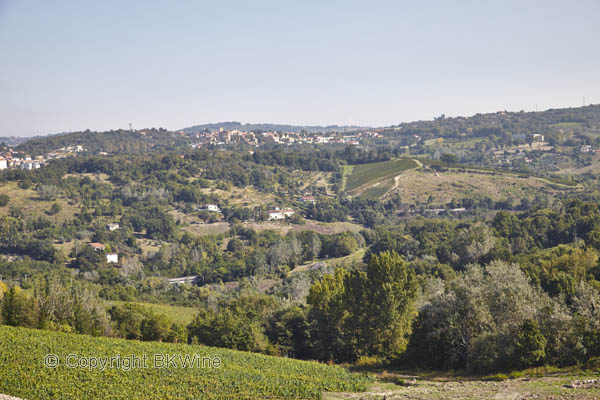
Irpina in the east, high mountains
Irpinia is located in the eastern part of Campania bordering Apulia and Basilicata. The vineyards are at high altitude thanks to the Apennines, Italy’s “spine”, that run through this part of the region. Altitudes between 250-600 meters above sea level are commonplace. Some of the vineyards, such Pietracupa, is even as high as 800 meters.
It is a cool, rainy climate and it almost always snows in winter. The soil is volcanic with elements of clay and lime. Minerals are plentiful, both in the soil and in the wines. One of Italy’s most important sulphur mines could be found right here until it was discontinued in the early 90s.
The temperature differences between day and night during the summer is big. This leads to a high and welcome acidity in the wines. But the climate does not facilitate the wine makers’ challenges with the greco grape.
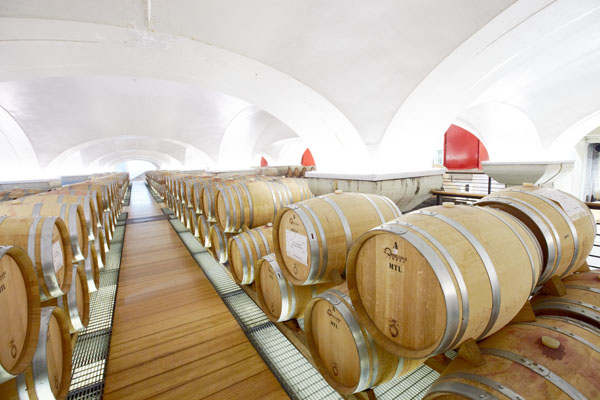
The greco grape tolerates few mistakes
“The greco grape tolerates few mistakes,” says Raffaele Troisi from the Traerte vineyards. He is no doubt right. Greco is a difficult grape. Not a happy grape like chardonnay or sauvignon blanc. On the contrary. A really sad one. A big, compact grape bunch causes problems with mould because no wind in the world can dry out the moisture that sneaks in between the closely spaced grapes.
A thin skin also gives problems. The grapes are easily broken with all the misery that this can lead to. To make it even more difficult is greco is a grape that ripens late. Nine times out of ten it is harvested in October. So the unreliable weather gods have many opportunities to put a spoke in the wheels of the producers.
Greco is a fairly neutral grape with few primary aromas. But if you succeed with the challenge to conquer all the difficulties then you get a complex and mineral wine with good structure and high acidity. It is not unusual that the acidity is as high as 10 grams per litre. You can feel it in the teeth after having tasted forty different Greco di Tufo during a morning.
No tradition of ageing
There is no tradition of aging the Greco di Tufo wines, although according to me they have the potential for ageing, given the high acidity. This was evident when we tried a Greco di Tufo from 2003 from the Pietracupa winery. It was an amazing wine, elegant with a fresh acidity that was toned down somewhat with the age. Scents of dried apricots and citrus followed by a long mellow taste with tones rich in minerality, yes, simply an amazingly good wine. But it was the only older vintage of Greco di Tufo available to taste during the anteprima so it is hard to put it in context.
But hats off for Sabino Loffredo, the owner and winemaker at Pietracupa for his excellent wines!
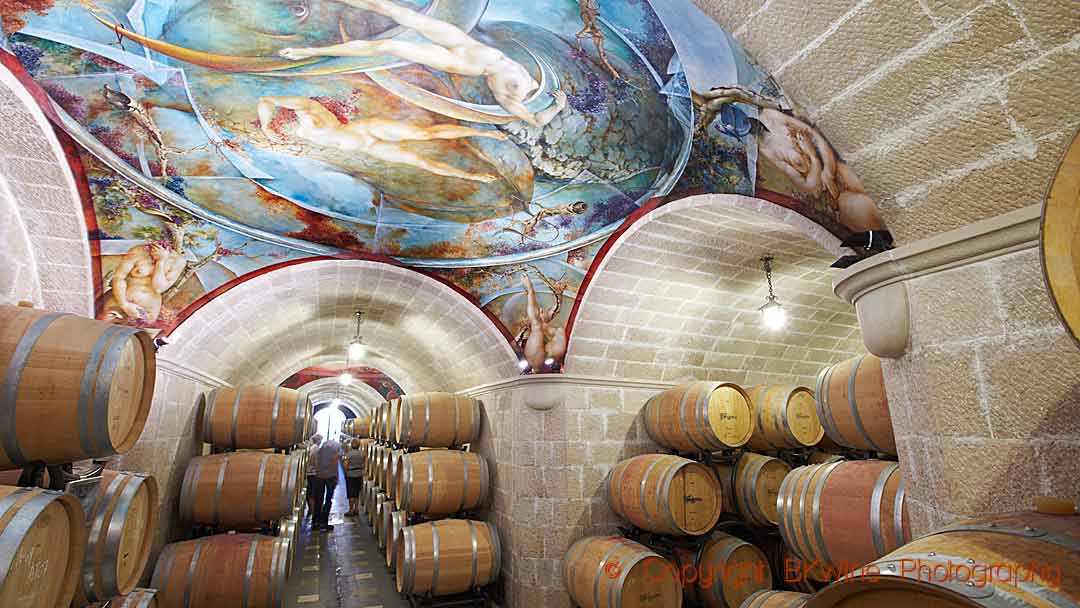
Producers and favorites
There are three major producers of Greco di Tufo. They account for 70% of total production. First we have the well-known Mastroberardino winery that has done much for the region since the late 1800s. In the mid-90’s a part of the family Mastroberardino started a new winery, Terredora. Today it is also one of the largest.
The third large heavy-weight name in Irpinia is Feudi di San Gregorio that opened its doors in 1986. At the winery of Feudi di San Gregorio the family Capaldo also runs an ambitious and elegant restaurant called Marennà (with one Michelin star) where you just have to eat if you visit Irpinia. The chef Paolo Barrale never disappoints.
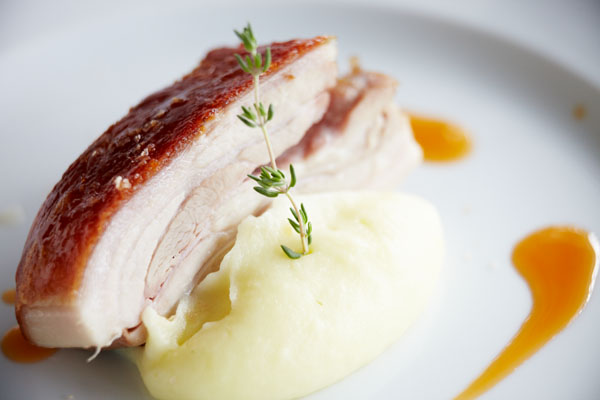
The other wine producers in Greco di Tufo are small family-owned wineries that have followed in the wake of the three largest vineyards and their success. Most of the smaller producers used to sell grapes to one of the three big names but when the younger generation took over, they wanted to bottle under their own name. Now they struggle to get a place in the limelight among Italy’s better-known white wines.
Young and ambitious producers struggling with a difficult grape, that is an interesting challenge. Personally I believe that the sun will shine more and more on Irpinia in the future.
My favourites during anteprima primeur tasting of Greco di Tufo 2012:
- Pietracupa,
- Villa Raiano,
- Bambinuto,
- Caggiano,
- Donna Chiara,
- Colli di Castelfranci
[box type=”info” style=”rounded” border=”full”]One good opportunity to explore the wines and food of Irpinia is to come on a wine tour to Campania in Italy with BKWine, including of course a lunch at the luxurious Marennà restaurant.[/box]
Other producers who participated in the tasting of Greco di Tufo DOP 2012
- Torricino, Greco di Tufo
- Ferrara Benito, Greco di Tufo
- Terredora, Greco di Tufo Terre degli Angeli
- Cantine dell’Angelo, Greco di Tufo
- Sanpaolo, Greco di Tufo
- Villa Matilde, Greco di Tufo Tenute di Altavilla
- Tenuta Scuotto, Greco di Tufo
- Feudi di San Gregorio, Greco di Tufo Cutizzi
- Contrada Michele, Greco di Tufo Gaudioso
- Bambinuto, Greco di Tufo
- Pietracupa, Greco di Tufo
- Di Prisco, Greco di Tufo
- Villa Raiano, Greco di Tufo Contrada Marotta
- Torricino, Greco di Tufo Raone
- Vigne Guadagno, Greco di Tufo
- Mastroberardino, Greco di Tufo Novaserra
- Fonzone Caccese, Greco di Tufo
- Ferrara Benito, Greco di Tufo Vigna Cicogna
- D’Antiche Terre, Greco di Tufo
- Caggiano, Greco di Tufo Devon
- Di Marzo, Greco di Tufo Franciscus
- La Molara, Greco di Tufo Dionisio
- Montesole, Greco di Tufo Vigna Breccia
- Terredora, Greco di Tufo Loggia della Serra
- Colli di Castelfranci, Greco di Tufo Grotte
- Donnachiara, Greco di Tufo
- Tenuta Cavalier Pepe, Greco di Tufo Nestor
- Vesevo, Greco di Tufo Vesevo
- Di Meo, Greco di Tufo



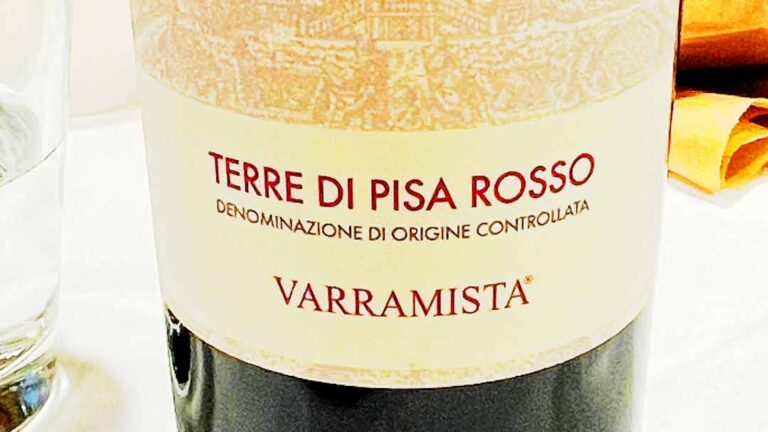

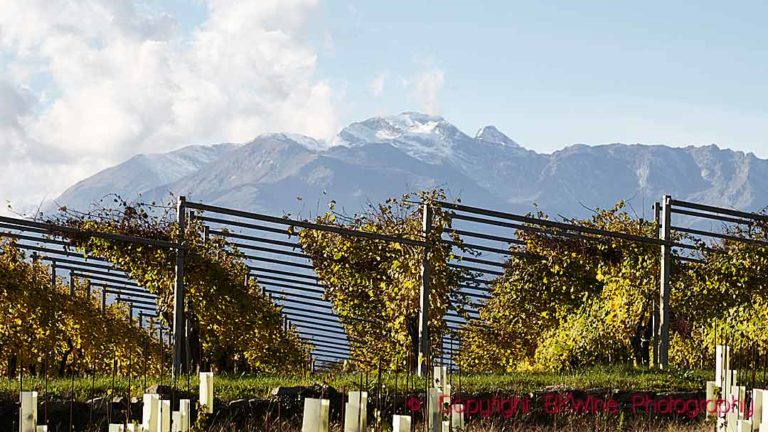




One Response